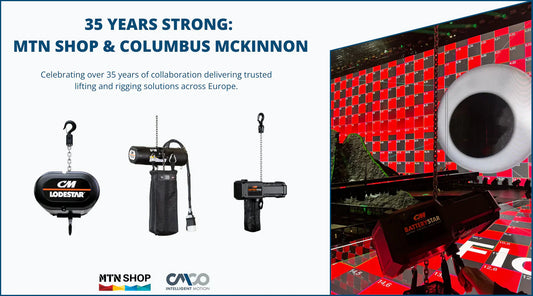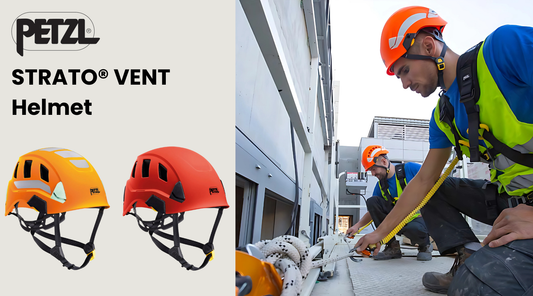Is your Lanyard Safe and Inspected?
Article
Lanyard inspection is a very part of recreational activities and industry occupations that require being up at a significant height. When working at height, your lanyard will be your saving grace if you fall. However, if your lanyard is not properly maintained or inspected you run a very high risk having a catastrophic accident. That being said, let’s dive into what to look for when inspecting or replacing your lanyard. You may also download our lanyard inspection checklist to assist your inspection work.
7 Simple Steps on How to Ensure a Safe Lanyard
(1.) Webbing
One thing to inspect on your safety lanyard is its webbing. The webbing is the fabric and stitching used to hold the whole thing together. This would arguably be one of the most important parts of the fall arrest system. The best way to inspect this component is to first look for any obvious tears or abrasions on the webbing. If there are no obvious tears, you also should check the inside integrity of the lanyard. To do this, you are going to want to take 6-8 inches of the webbing and turn it into an upside-down U. From here you want to look for things such as tears, chemical wear, mold or growths, broken stitches or burns. If there is any of the following, remove from service immediately.

3M™ DBI-SALA® MEDIUM DUTY HOOK2LOOP LANYARD
(2.) Cable
The cable is the next thing you should look at when inspecting your safety lanyard. The cable is usually a metal piece instead of fabric. When inspecting this, you should look at the cable for any obvious breaks in the metal. If the metal is broken in any way, discontinue its use immediately. The next issue that would signal this piece needs to be replaced is the metal being discolored due to weathering or chemical exposure, the wires being separated and not tight to each other, or any chips or fraying of the wire cables. If any of these things occur, please refrain from using them.
(3.) Rope
If the lanyard is made of rope, you will inspect this in a similar method outlined in our rope inspection blog. However, something to look for when inspecting the rope on your safety lanyard would be to look for any tears. If there are any tears, it would be considered unsafe for use. Additional factors to look for when inspecting the integrity of the rope safety lanyard would be if it is discolored, has burn marks, has growths such as mold, abrasions, and or it is unsplicing. If any of these factors are compromised in any way, it is time to replace it.
(4.) Snap hooks & Carabiners
Snap hooks and carabiners are a very important element to almost all fall protection equipment. How you evaluate them is also much different from the others mentioned on this list. The first thing to do when evaluating the integrity of this safety lanyard component is to make sure they open properly. This means they do not get locked or stuck when opening them. If this safety component does not open properly, discard it immediately.
Another important factor to check is if the mechanism closes and locks on its own. You need to look very closely to make sure that the mechanism fully closes and locks. If the lock does not close correctly, it is ruled unsafe and needs to be removed from use.
(5.) Stitching
When evaluating the stitching, it is obvious when the stitches are not safe. If the stitches are visibly coming up, that is the most evident sign you need to replace the lanyard. Some other things to look for in the stitching is if it is missing entirely, torn, or if the stitching is stretched in any way. If any of these things happen, do not continue using the lanyard.
Additionally, check if the load indicator warning has been triggered. This happens if the safety lanyard received impact causing the stitches to rip revealing the load warning. If this happens, the product needs to be removed from service.
(6.) Hardware
One of the most important things to inspect on all fall protection equipment is the hardware. The hardware is all metal components of the fall arrest system. It consists of all metal components that are not snap hooks and carabiners. When examining these metal components, you should be looking for chips taken out of the metal, corrosion, sharp edges, and heat damage. If any of these are found on the safety lanyard hardware, remove it from service immediately.
(7.) Labels
The last and easiest thing to do is to check the labels. If the label is not attached to the lanyard or is missing, the safety lanyard is unusable. Also, if the labels are attached but not legible, the whole lanyard needs to be replaced.
MTN Vision
Our goal at MTN is to deliver the safest and best lanyards to our customers. We pride ourselves on providing our customers and friends with only the best high-quality safety lanyards from some of the leading companies on the market. We offer fall protection equipment from top-notch companies such as 3M DBI SALA, 3M Protecta, Kong, Petzl, PMI, and Rock Exotica.




